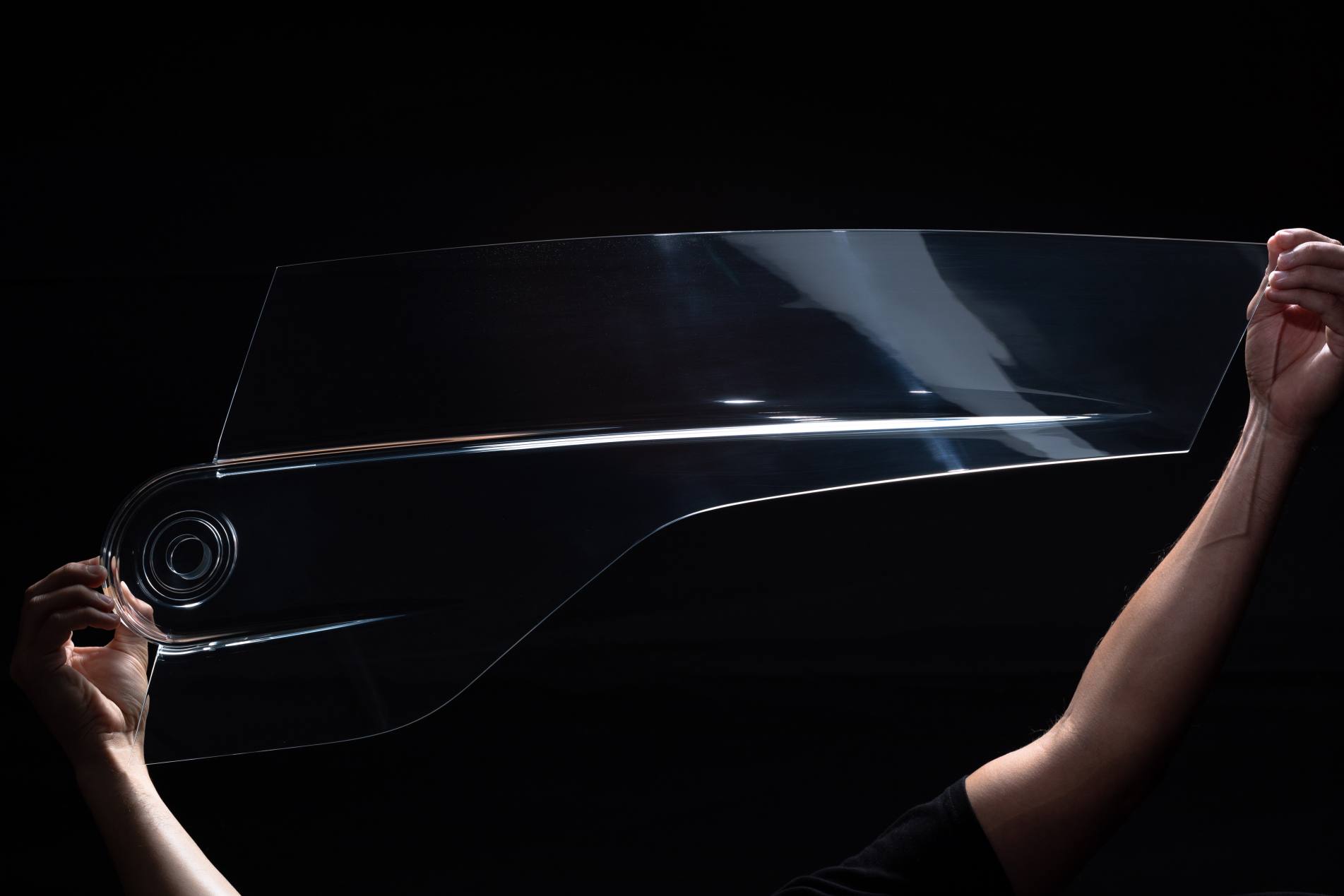
In new products development process and before they are produced, an essential step takes place: prototyping. This stage is used for validating the adequacy between concept idea and its physical reality: does the product bring the expected results and if not which variable has to be modified (size, material, manufacturing, finishes…)? Which manufacturing process to use to create the envisioned product? Will the transition from prototyping to pre-series then to series validate the fact that the product meets the final customer expectations while respecting your budgetary constraints?
This step of prototyping is mandatory before commercializing a product and all the products we hold in hands have already been. That is why the worldwide market of prototype and pre-series is quite huge ang fast-growing: it represents so far 1 billion euros and the French market itself contributes up to 50 millions euros. However, few actors today offer, like EC International Group, a wide range of technologies to help you bring your ideas to life.
As mentioned above, each new product is going through three successive stages: prototyping, pre-series (a few hundred pieces) and finally series production before it is put up for sale.
Prototyping is focusing on technical, functional and aesthetic validation of the product (materials, finishes, shape, size…), whereas the pre-series is made to validate the manufacturing process, its repeatability, the reliability of quality control processes and the financial viability.
Prototyping, by its vocation to validate the product as a whole, will impact the entire product conception chain (the choice of raw materials, of production machines and tools, but also the choice of final packaging and so appropriate delivery method.
Prototyping helps maximize the product to minimize all the costs, whether it is money or time, between the concept ideation and the final product selling.
That is where appear the project leader and its team who, by their technical advice, will guide you to one or another of the different technologies that exist on the market (machining, injection, 3D printing, vacuum duplication, sheet metal work…).
He will take into account the functional needs of the piece, the finishing level you want, the proposed manufacturing times as well as your budget of course to advise you at best. Ideally it is interesting to choose a supplier who has its own project leaders service, like EC International Group for example, so that they know perfectly their prototyping techniques to be able to guide you full well in the choice of the best solution adapted to your unique need.
As for the quantities of prototypes they can vary from one, to dozens according to the product and project requirements. Having said that, the current range is situated between one and five when using CNC machining or 3D printing, and up to dozens in rapid injection molding.
In addition to mastery of many prototyping techniques and the internal presence of an expert team of project leaders, it is obvious that reliability and strength of the company are another very important considerations in the choice of your supplier.
Obviously, you will have to find the best balance between quality, cost, delay but you must not forget the importance of commercial relationship. Indeed, maintaining a close commercial relationship with a prototypes supplier is becoming today a strategical criterion in the choice for many companies who prefer to outsource to a recommended manufacturer who will become a partner able to meet not only the needs in prototypes but also pre-series production. These suppliers, like EC International Group, know how to elaborate pieces that are perfectly viable for series production as they produce themselves the pre-series, and also perfectly manage the associated services like quality control which is time saving since you receive exactly the ordered part.
In conclusion, the objective of prototyping is to minimize the total development time to put on the market the best product for a total cost as low as possible.
But to be efficient and to guaranty the achievement of its objectives, a prototypes creation strategy has to take a bit of time during the first steps or the development process in order to test and validate the different parts. You need to see this stage as an investment and not as a cost.
If you are interested in our expertise, you can send us your 3D plans through our website form and we will answer you within 24 to 48 hours!
